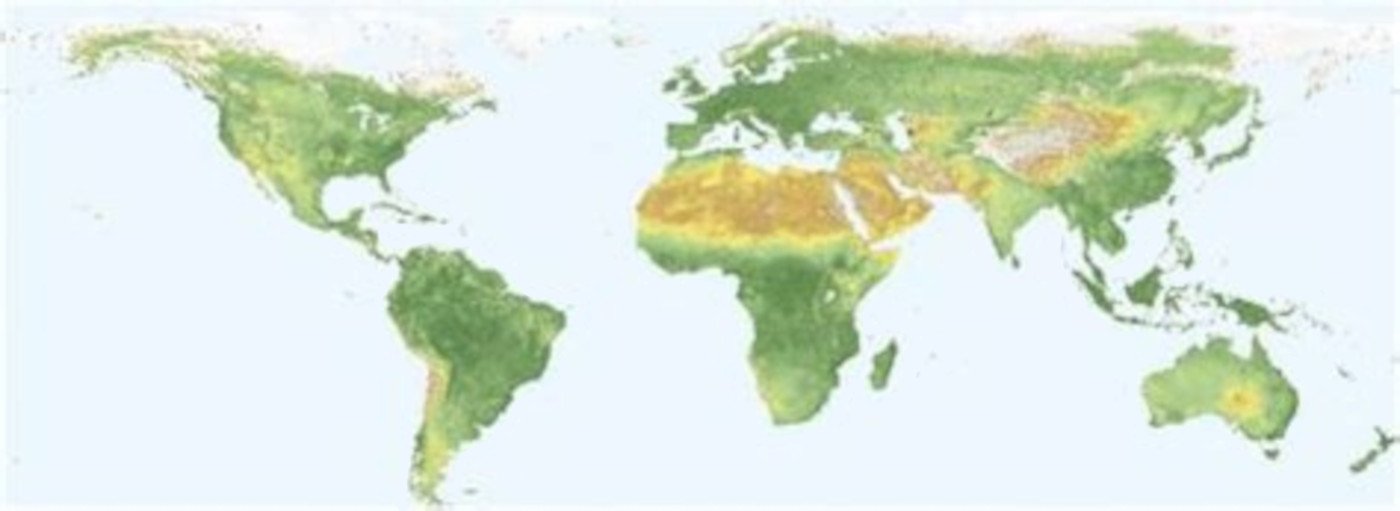
Research
In collaboration with University of Technology Sydney, I created Australia's first nation-wide 500m-resolution phenology maps, covering all years from 2003 to the present. With this series of maps, one can discover the details of Australia's growing seasons with 8 metrics, including the start, peak, and end of each growing season. Applications include bushfire fuel load, land management, precision agriculture, pollen estimation, and tracking the effects of climate change on Australia's plant life.
Species composition is a key determinant of grassland ecosystem function and resilience. Climate change is predicted to alter the distribution of cool season (C3) and warm season (C4) grasses, however, the lack of spatial distributions and temporal variations of grass functional type information severely limits our understanding of climate impacts on grasslands.
In agriculture, phenological observations have a long tradition since many management decisions and the timing of field works (planting, fertilizing, irrigating, crop protection, harvesting, etc.) are based on plant development.
Xie is using her combined expertise in science and engineering, including machine learning and remote sensing to establish a national pollen surveillance system in Australia. This work was in collaboration with AusPollen research network, and supported by amazing air quality scientists like A/Prof Paul Beggs at Macquarie University and Prof Janet Davis at Queensland University of Technology.




